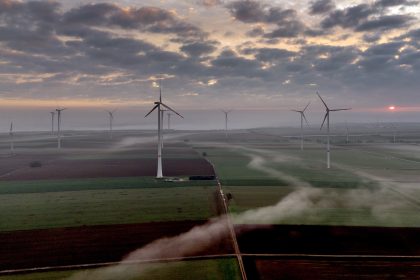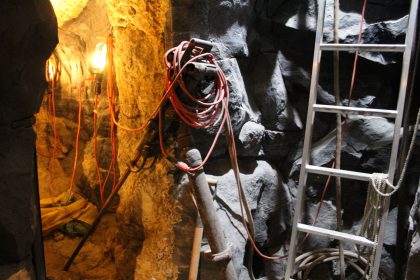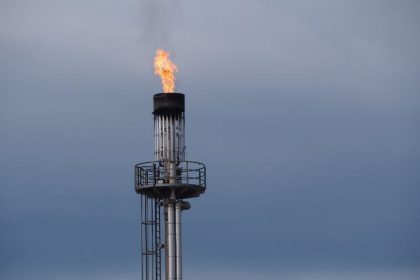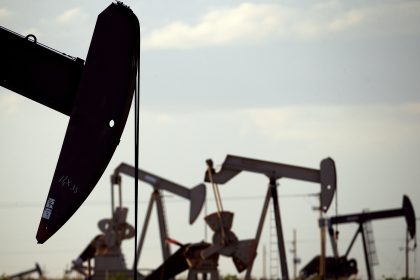China Has Potential to Be World’s Largest Nuclear Power Operator by 2030
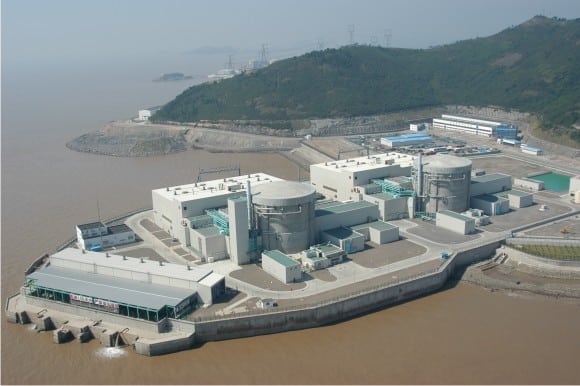
WASHINGTON — In 2021, Xi Jinping surprised the world with his announcement that China would no longer be building coal-fired plants in its Belt and Road Initiative, an ambitious program to build physical and digital infrastructure connecting hundreds of countries from Asia to the Middle East, Africa, and Europe. This push to decarbonization didn’t just strengthen China’s climate change pledge, it also opened the country to developing other low-carbon forms of energy — including nuclear.
Now, China’s reformed infrastructure development project has the nation expected to overtake the U.S. and France to become the largest operator of nuclear power in the world by 2030.
“A lot of China’s economic output has been relatively low-grade stuff that it can produce easily and that other countries either didn’t want to produce or couldn’t produce as cheaply,” Cory Combs, senior analyst at Trivium China told The Wilson Center last week. “But China isn’t interested in being the world’s factory forever, and so nuclear could become a fundamentally different space to operate in.”
Thanks to strong support from China’s central government, the country sees nuclear energy as a key option to replace coal power — albeit alongside wind, solar, and hydropower — in the coming decades.
China plans to spend $440 billion to build more than 150 new nuclear power stations over the next 15 years, more than the rest of the world has built over the past four decades, as part of the Green BRI.
This effort to promote economic development and inter-regional connectivity in over 115 countries creates a unique opportunity for a new wave of clean and competitive nuclear power plants.
It’s also an opportunity for China to excel in the development of complex technologies.
“Nuclear is a clear opportunity for moving the [Chinese] economy up the value-chain with the technological value-add there,” Combs said.
A relative latecomer to the nuclear energy market, China is focusing its efforts on proliferating nuclear at a time when some countries like Belgium and Spain are choosing to phase out their operation of this energy source, and others like the United States and France are still debating whether nuclear will constitute a serious pillar of the transition to clean energy.
“Many countries are looking at nuclear as a bridge energy source until renewables are ready,” Lami Kim, assistant professor at the U.S. Army War College said, though she admitted many countries are nervous about letting China build their critical infrastructure. Romania has already canceled contracts and the Czech Republic is rethinking its level of influence from Chinese investments.
“It’s not a foregone conclusion that if China can build it, others will buy it, including domestically,” Combs said.
So while a push away from coal and toward nuclear power could undoubtedly help China prevent future energy crises — such as the nation’s blackout last September — as well as meet its Zero-Carbon goals, some policy work is needed to build a market for the new technology.
“China needs a lot for this to work,” Combs said, citing challenges including the geographic distribution of supply and demand hubs, China’s legacy Mao-era provincial dependence on coal, and a market structure with barriers to transmission.
So while China has a strong ambition to get away from being a factory producer and instead master complex capabilities, to be the world’s nuclear power leader it still needs extensive operating experience, a deeper talent pool, and most of all, to show that it can quickly move its investments away from coal.
Nuclear power contributes to about 10% of the world’s electricity and 4% of the global total energy mix according to data from the Power Reactor Information System. The U.S. currently has 94 operating reactors, with 19% of U.S. electricity coming from nuclear energy. China has 53, with 19 more currently under construction, 43 awaiting permits, and 166 more announced, though currently just about 5% of its electricity currently comes from nuclear within China, according to GlobalData.
“The potential for global nuclear leadership to me is not a foregone conclusion,” Combs said, “but it has the strongest possible foundations for success.”
Kate can be reached at [email protected].


















